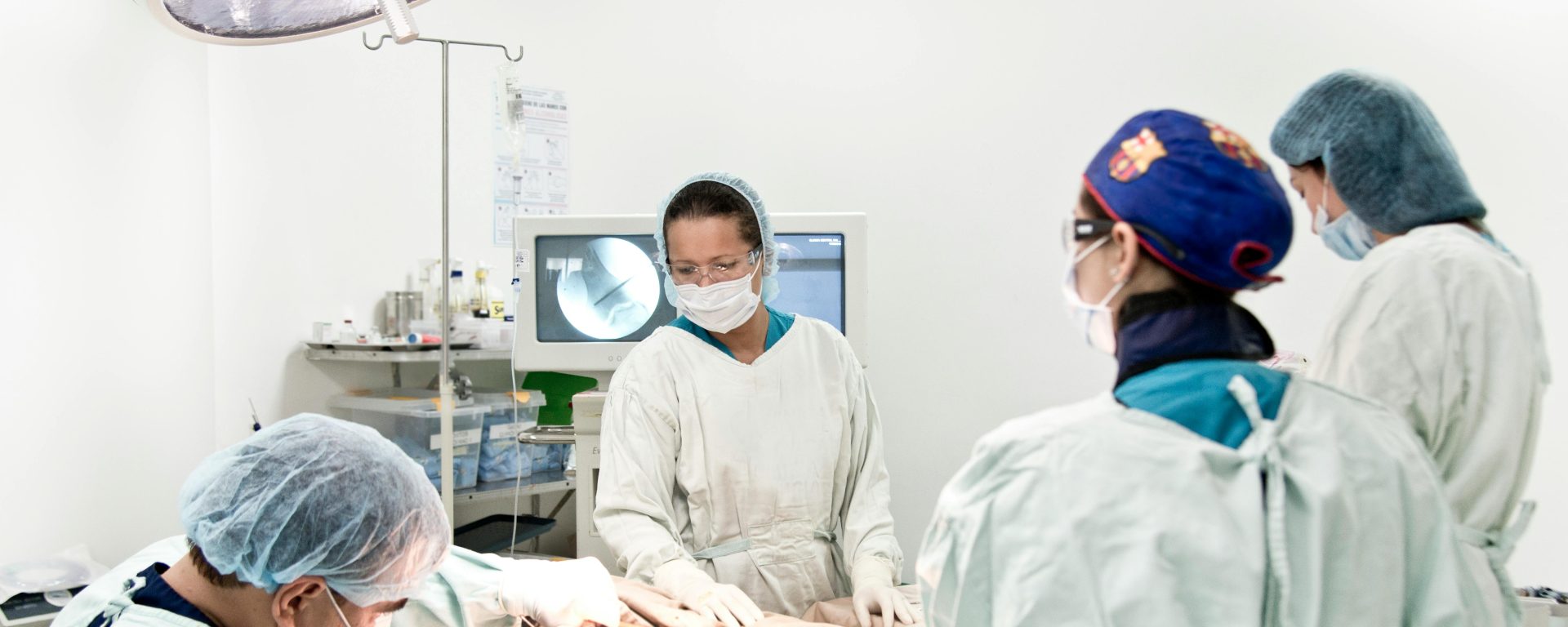In 2014, a study highlights the potential benefits of foot reflexology massage in alleviating anxiety among patients recovering from coronary artery bypass graft (CABG) surgery. Conducted by a team of researchers led by Masoumeh Bagheri-Nesami and colleagues, the randomized controlled trial aimed to explore the efficacy of this complementary therapy in reducing anxiety during the critical postoperative period.
The study involved 80 patients who had undergone CABG surgery. Participants were carefully selected based on specific inclusion criteria and were then randomly assigned to either the experimental or control group. The groups were matched by age and gender to ensure the reliability of the results.
Patients in the experimental group received a foot reflexology massage on their left foot for 20 minutes daily over a span of four days. In contrast, the control group was given a gentle foot rub with oil for only one minute. To measure anxiety levels, researchers employed two well-known tools: the short-form of the Spielberger State-Trait Anxiety Inventory and the Visual Analogue Scale-Anxiety.
The results were telling. Both anxiety measurement instruments showed a significant reduction in anxiety levels among patients who received the foot reflexology massage. This marked decrease in anxiety suggests that foot reflexology could be an effective complementary therapy for patients recovering from major heart surgery.
The study concludes that foot reflexology massage is a valuable tool in the postoperative care of CABG patients, offering a non-invasive method to help manage anxiety during recovery. The findings support the integration of this technique into routine care for heart surgery patients, providing a holistic approach to their well-being.
Reference: Bagheri-Nesami, M., Shorofi, S. A., Zargar, N., Sohrabi, M., Gholipour-Baradari, A., & Khalilian, A. (2014). The effects of foot reflexology massage on anxiety in patients following coronary artery bypass graft surgery: a randomized controlled trial. Complementary therapies in clinical practice, 20(1), 42-47.
